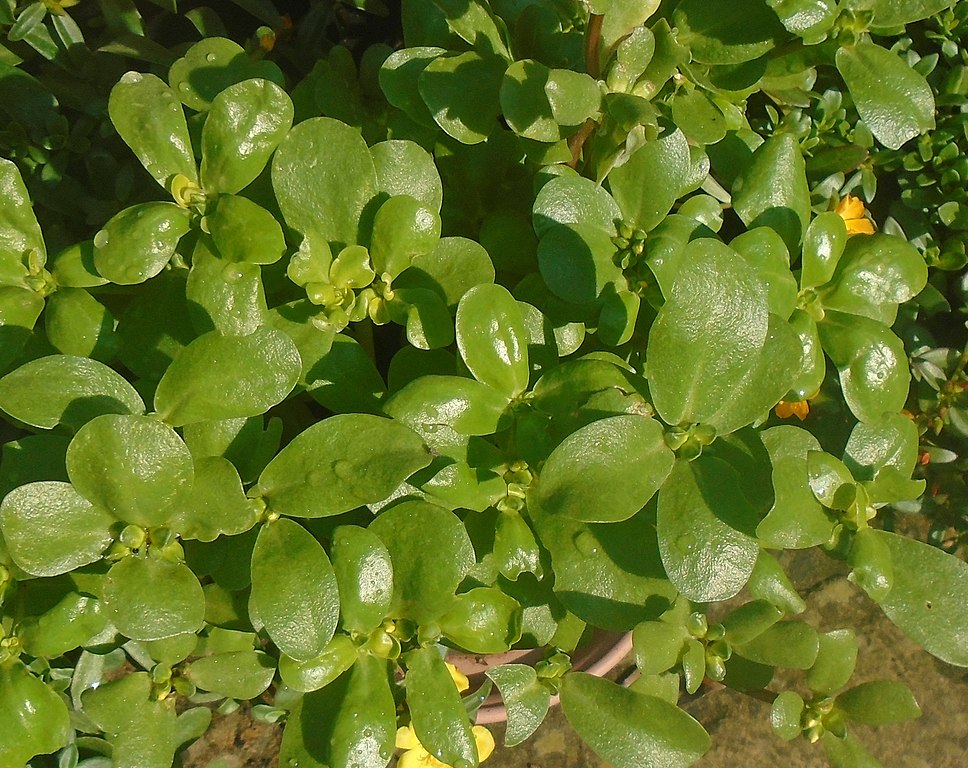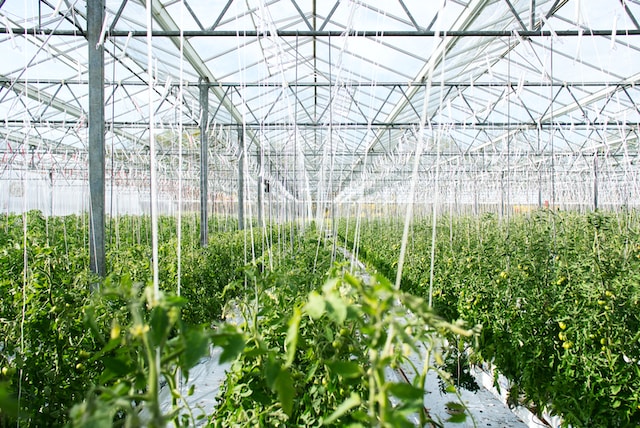To survive the impacts of climate change, scientists across the world are rediscovering ancient crops and developing new hybrids.
Recently researchers at Yale University have discovered a drought-proof weed that may hold the key to feeding the world. Researchers found that the common weed Portulaca oleracea, commonly known as purslane, is a super plant that offers important clues about creating drought-tolerant crops.
A Super Survivor
“Portulaca oleracea,” or purslane was found to have a unique photosynthesis mechanism that makes it more resilient to drought. Moreover, its exceptional characteristics could also help in using it for future genetic engineering of other crops.
Yale’s Erika Edwards, the senior author of the study, said, “This is a very rare combination of traits and has created a kind of ‘super plant’ — one that could be potentially useful in endeavors such as crop engineering,”
We all know photosynthesis helps green plants use sunlight to synthesize nutrients. However, did you know that Plants have independently evolved a variety of distinct mechanisms to improve photosynthesis? For example, Corn and sugarcane evolved C4 photosynthesis, which allows the plant to remain productive even at high temperatures. However, Succulents, like cacti and agaves, evolved CAM photosynthesis, which allows them to inhabit deserts and other dry regions.
Although C4 and CAM have different functions, both use the same biochemical pathway to act as “add-ons” to conventional photosynthesis. Scientists found Purslane exhibits both of these evolutionary adaptations… making it productive and drought-tolerant.







